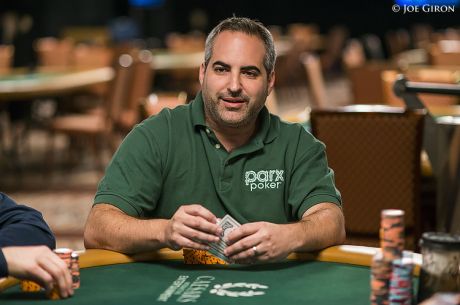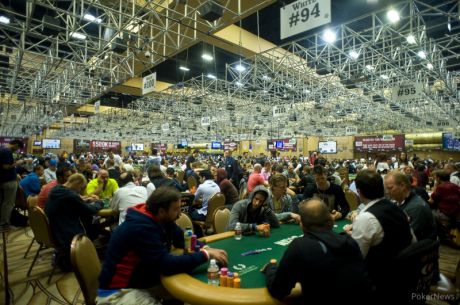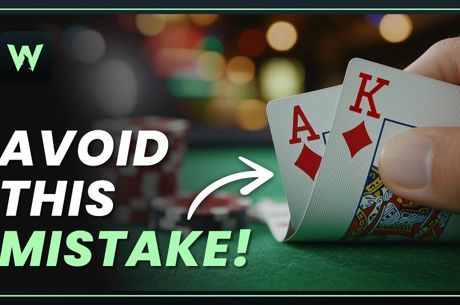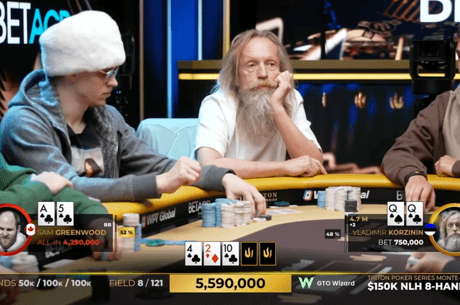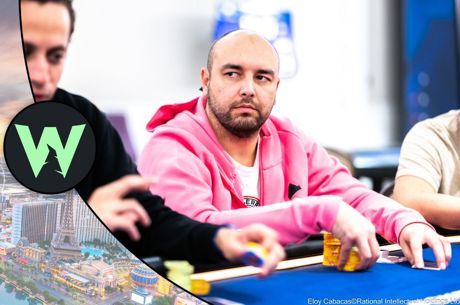Five-Bet Small or Shove? Consider the Opponent
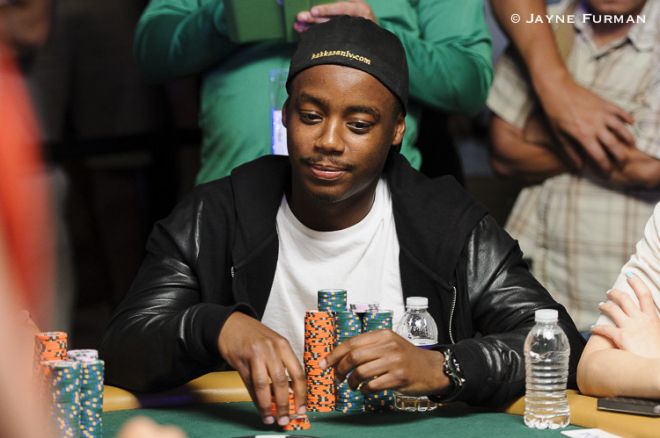
Covering live poker tournaments for a living affords me the opportunity to see countless thousands of hands played out, many of which offer interesting and potentially valuable insights into how players — both amateurs and professionals — play the game. In this ongoing series, I’ll highlight hands I’ve seen at the tournaments I’ve covered and see if we can glean anything useful from them.
The Scene
It’s the final table of Event #12: $1,500 No-Limit Hold’em Six-Handed at the 2015 World Series of Poker. This event drew a field of 1,651 players, of which just three remain — Idan Raviv, Iaron Lightbourne, and Manoel Filho.
Raviv and Lightbourne are both aspiring professionals, while Filho is a Brazilian businessman. Remaining payouts are $457,007 and a gold WSOP bracelet up top, $283,063 for second, and $186,108 for third.
It’s Level 27 (20,000/40,000/5,000), and stacks are relatively deep, with the average stack over 100 big blinds. Raviv has a little more than half of the chips in play, with Lightbourne in second at a little over 4 million. Lightbourne (pictured at right) is no stranger to the bright WSOP lights, having made a deep run in the 2014 WSOP Main Event where he finished in 22nd place for $286,900.
The Action
Raviv opened for a raise to 85,000 on the button. Filho folded in the small blind, and Lightbourne reraised to 265,000 in the big blind. Raviv came back with a four-bet to 635,000. Lightbourne then five-bet to 1.1 million, leaving himself about 3.1 million behind. Raviv jammed, and Lightbourne quickly called it off.
Lightbourne showed Q♣Q♥, while Raviv had been caught shoving light with 10♣5♣. The dealer fired off a board of J♠8♦K♣6♠10♦, and the British player doubled up to a dominating stack of about 8.6 million, about two-thirds of the chips in play.
Concept and Analysis
Raviv is the chip leader and looking to put pressure on his shorter-stacked opponents at any and all opportunities. Raising with 10♣5♣ on the button is fairly standard, then, especially when the shortest stack still has about 25 big blinds and is not likely looking to get it in with a wide range.
Filho folds, but Lightbourne makes a decent-sized three-bet with his queens. Raviv’s hand isn’t really good enough to call a three-bet and play postflop, so his best options at that point are to just give up the pot or try to buy it again with a four-bet. He goes for the latter, knowing he’s putting big pressure on Lightbourne due to Filho having a shorter stack.
There’s a nearly $100,000 money jump between third and second, and Lightbourne has to know he can ladder to that spot if Filho is unable to double. Many players in Lightbourne’s spot would simply jam at this point, as any five-bet will represent at least a quarter of his stack, likely committing him to the pot in the event of a Raviv six-bet shove.
The primary way to get value out of a strong hand is to get a weaker hand to call. However, there’s another way to get value, and that’s inducing an opponent to bluff. Lightbourne knows he’s not folding the queens, and shoving is certainly an option as Raviv has weaker hands that can call him. He opts for a small five-bet instead though, hoping to encourage a light shove from Raviv.
That’s exactly what happens, as Raviv falls right into the trap, and Lightbourne gets a huge double to put himself in position for a bracelet win. (As it happened, Raviv would recover to defeat Lightbourne heads-up for the title.)
The natural inclination with a big hand like this is to shove, as you’re certainly thrilled to get everything in there with queens in a spot like this and don’t want to see a flop containing an ace or king. Consider if your opponent is capable of shoving light, though. If so, it’s important to have the small five-bet in your toolbox, because some players are more likely to bluff it off than call with worse.
Want to stay atop all the latest in the poker world? If so, make sure to get PokerNews updates on your social media outlets. Follow us on Twitter and find us on both Facebook and Google+!

